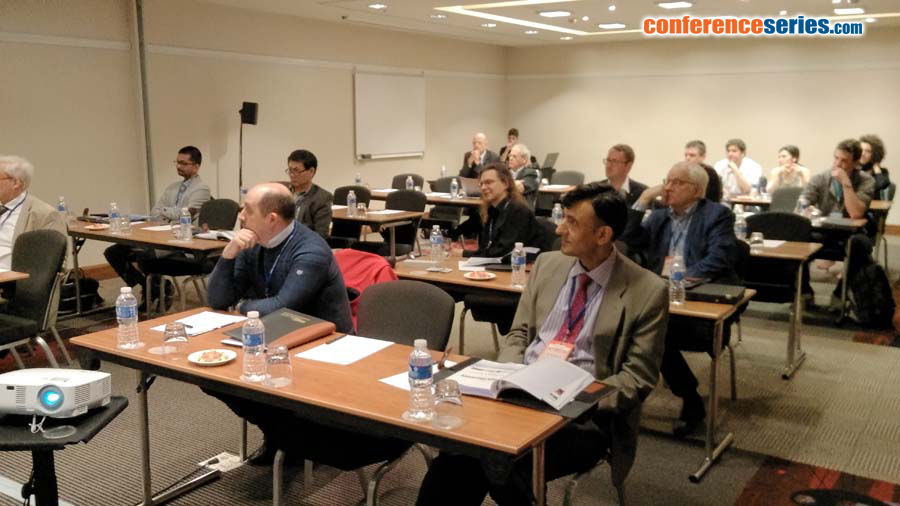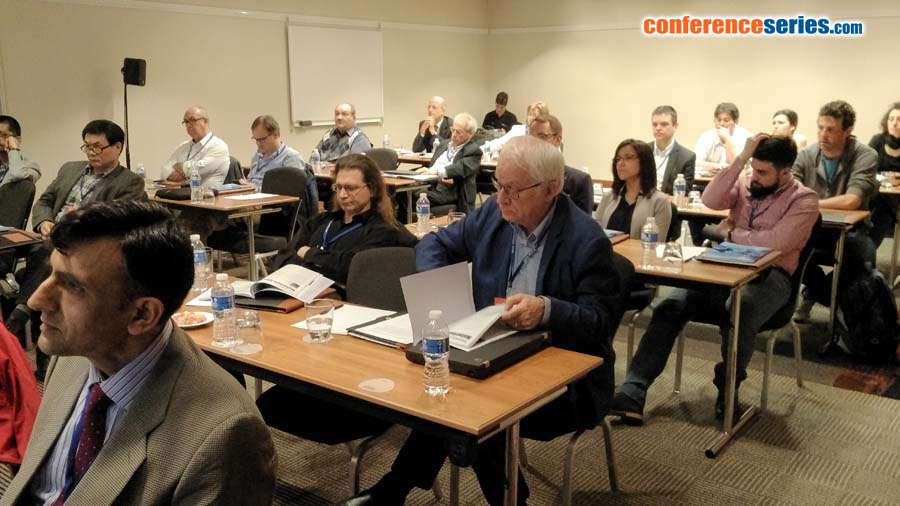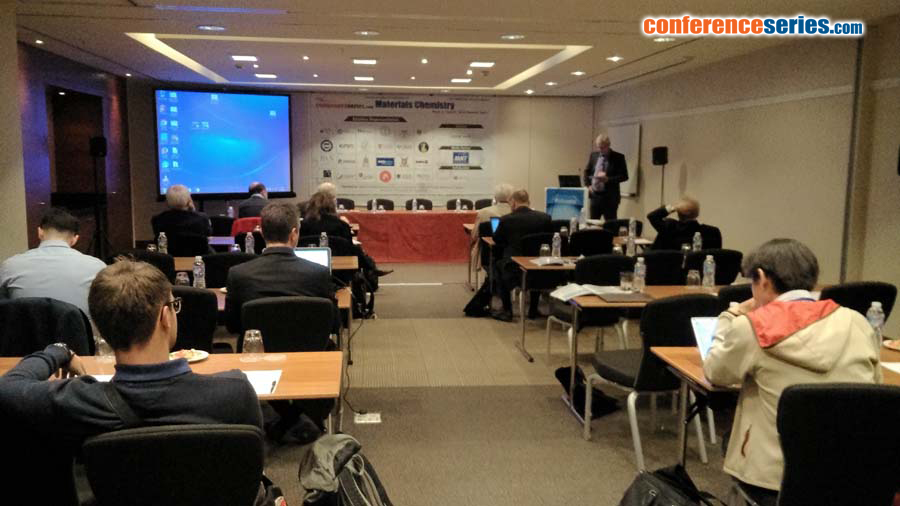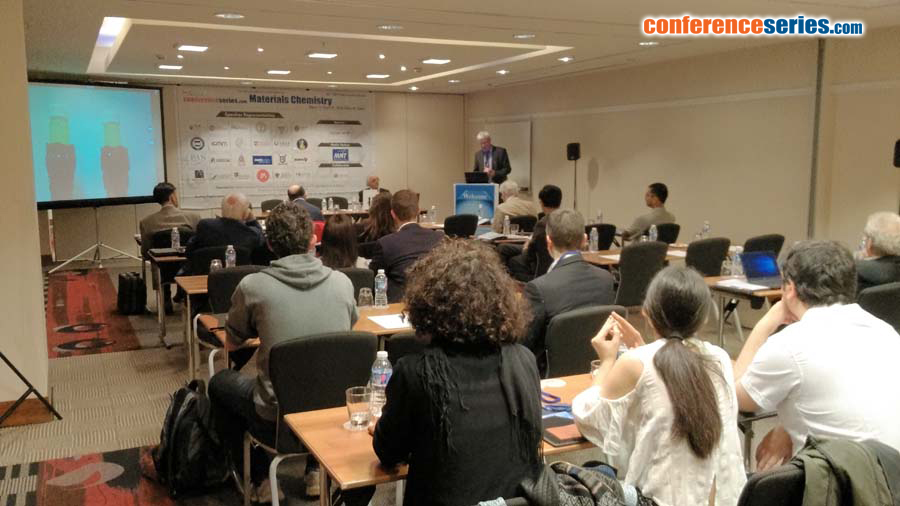
Kenta Arima
Osaka University, Japan
Title: Segregation of ions in deliquesced droplets of alkali halide nano-crystals on SiO2
Biography
Biography: Kenta Arima
Abstract
Anion concentrations at the air/water interface of saline droplets are important in atmospheric and environmental chemistry, because gaseous halogens emitted from the droplet surface mediate various key tropospheric chemical processes. The purpose of this study is to reveal the ion segregation in deliquesced droplets of alkali halide nano-crystals on SiO2; noted that SiO2 was chosen as a model substrate for dust particles. First, the adsorption of water on alkali halide nano-crystals (KBr, KCl, KF, NaCl) on SiO2 was in-situ investigated by noncontact atomic force microscopy (AFM) in an amplitude-modulation mode with electrostatic forces. For KBr, KCl and NaCl, deliquesced droplets show negative surface potentials relative to the surrounding region, indicating the preferential segregation of Br- and Cl- anions to the air/solution interface, even in the presence of a liquid/solid interface located a few nanometers away. This trend is more drastic for larger anions, meaning that heterogeneous reactions of gas-phase molecules with saline droplets to emit gaseous halogens can be more significant with larger anions. Secondly, I used ambient-pressure X-ray photoelectron spectroscopy (XPS). In-situ XPS spectra of a deliquesced droplet of KBr on SiO2 demonstrate that Br- ions are segregated at the air/droplet interface, which agrees with the AFM results. Thirdly, I introduce our recent challenge to fabricate a transistor with a gate insulator of SiO2. The point of this transistor is a water droplet acting as a gate material instead of metals. After showing its design and device process, I present some results of electrical characteristics of the water-droplet/SiO2/Si transistor.




